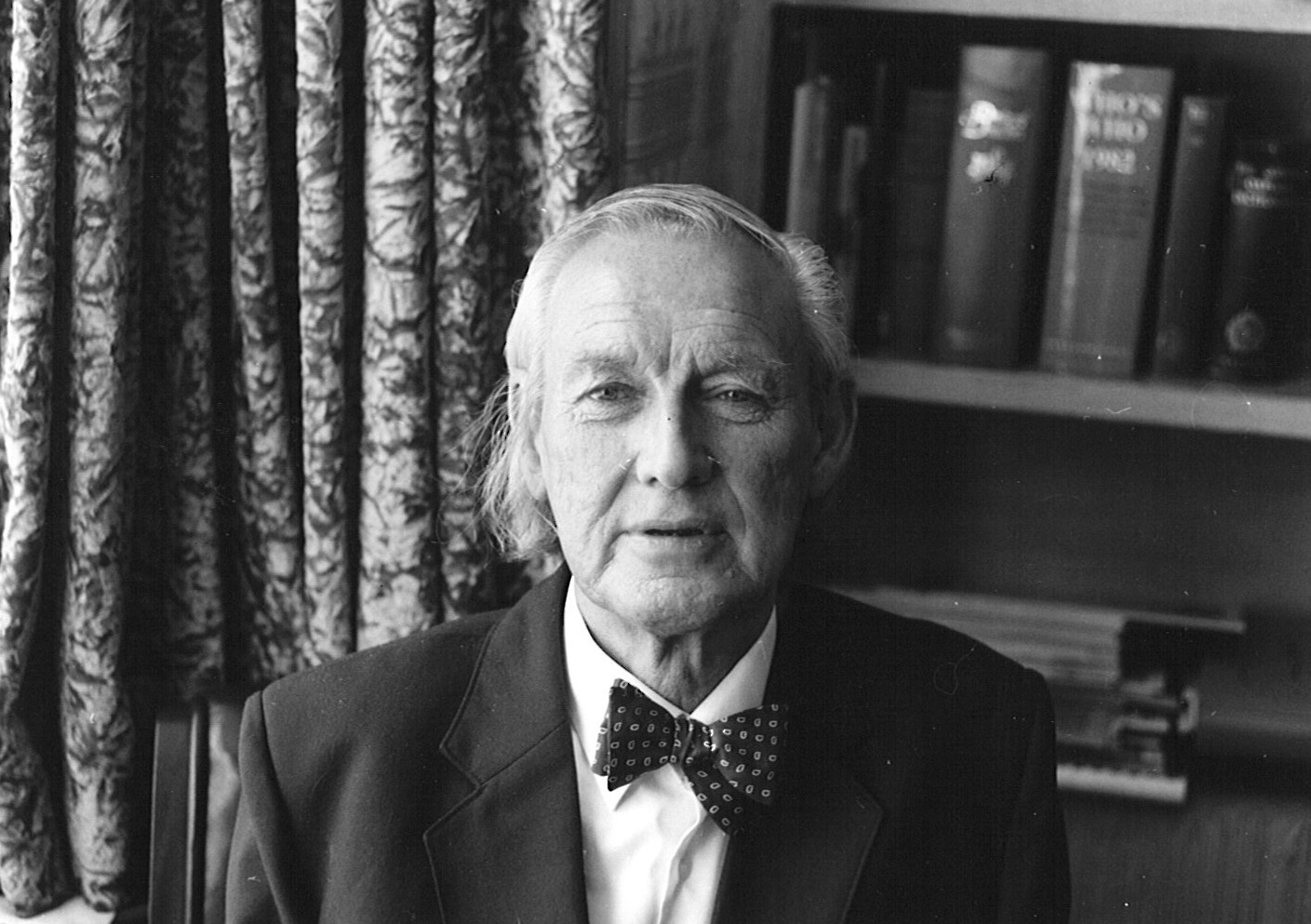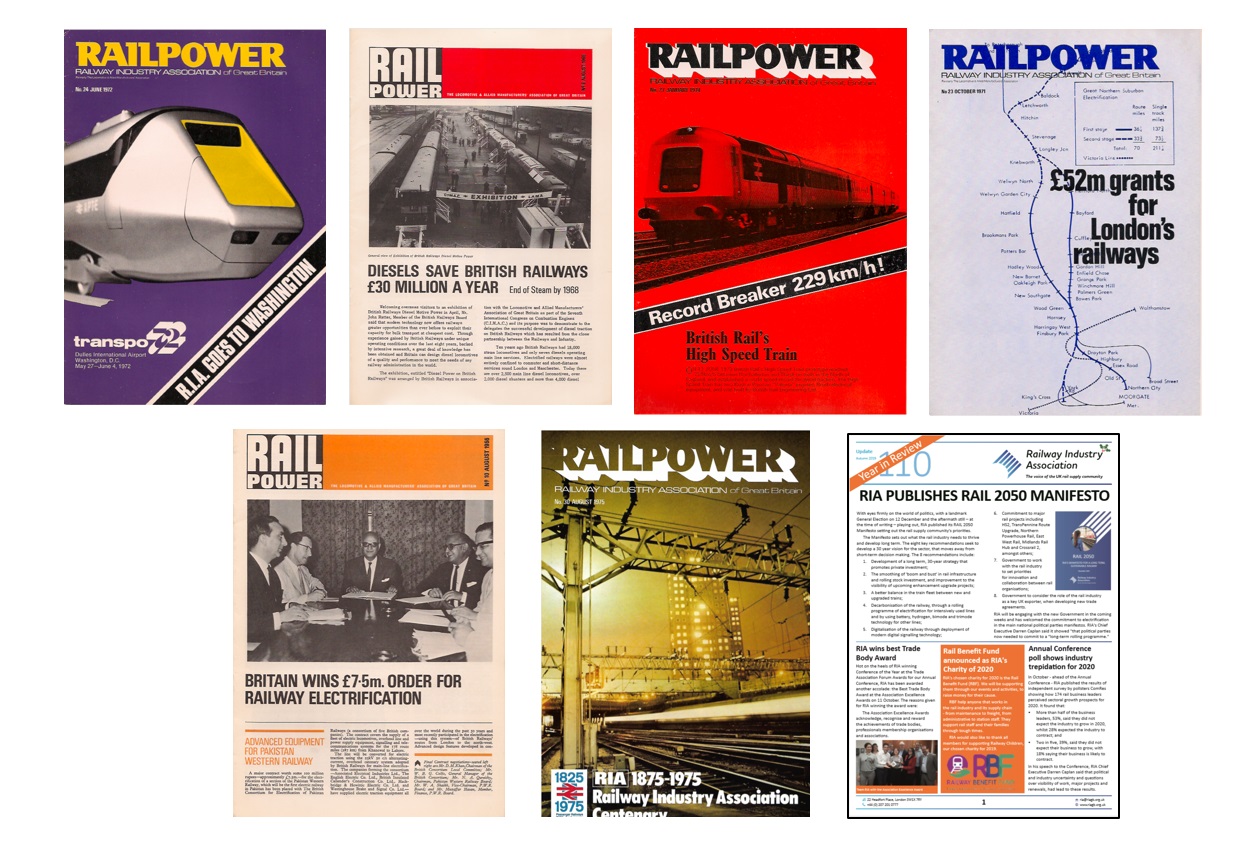In 1872/3, the London & North Western Railway began exploring a merger with the Lancashire and Yorkshire Railway (L&YR) - and whilst this took place, they provided a number of locos to L&YR from their vast Crewe workshops.
Yet, when the amalgamation of the two companies was rejected by Parliament, the London & North Western Railway continued to supply L&YR with locomotives, providing 25 out of the 50 the company required in 1875 - placing London & North Western Railway in direct competition with the manufacturers who would have otherwise supplied L&YR.
In April 1875, the major manufacturers met and agreed to pursue legal action against the London & North Western Railway. On 4 June 1875, they set up the 'Locomotive Manufacturer's Association' to protect the interests of the locomotive builders. Ephraim Hutchings was appointed the first Secretary of the Association
(photo on the right).
A High Court injunction on the London & North Western Railway was obtained on 16 December 1875, marking success for the Association. Between 1877 and 1880 the Association fought a number of legal disputes to prohibit the manufacturing of locomotives by railway companies, unless explicitly stated. This only changed in 1968 when the Transport Act allowed railway workshops to manufacture equipment.
The Development of RIA
 Until 1957, the Locomotive Manufacturer's Association's membership was limited to the builders of complete locomotives. However, in 1957 the organisation expanded to encompass those companies in the lower tiers of the supply chain, who were just as integral in manufacturing locomotives - and an industry that was growing rapidly with the advent of electric traction. The organisation became known as the Locomotive and Allied Manufacturers Association (LAMA).
Until 1957, the Locomotive Manufacturer's Association's membership was limited to the builders of complete locomotives. However, in 1957 the organisation expanded to encompass those companies in the lower tiers of the supply chain, who were just as integral in manufacturing locomotives - and an industry that was growing rapidly with the advent of electric traction. The organisation became known as the Locomotive and Allied Manufacturers Association (LAMA).
In 1971, the organisation took on its present title - the Railway Industry Association - as its membership broadened to include companies involved in the provision of infrastructure for rail. This was mainly due to the work of George Ramshaw Curry (photo on the left) who joined what was then the Locomotive Manufacturers’ Association as Assistant Director and was appointed Director in 1954. Over the next 31 years, he was responsible for the progressive expansion of the then LAMA and its transition to RIA. Retiring in October 1985, Curry had seen the gradual expansion of RIA's membership, influence and agenda. He was well-liked in the industry and was known for always being conscious that, in a technology-based industry, it was people who made things happen. Many engineers and managers throughout the industry benefited from his personal interest in their careers.
In recognition of his immense contribution to the railway industry, George Curry was made a Companion of the Institution of Mechanical Engineers in October 1985, a rare distinction awarded to those non-engineers who have rendered important services to mechanical engineering. He died in June 1986 after a brief illness; but his legacy lives on, particularly through the annual George Ramshaw Curry Lectures organised by the IMechE.
As RIA welcomed a wider membership, its services and offerings continued to develop too. RIA become more involved in promoting the rail industry overseas, in continuing to lobby Government for the rail sector, providing technical advice and providing more networking events and conference. All these things it still does to this day.
RIA produced RailPower , a quarterly magazine free for railway and government officers at home and overseas, similar to RIA's current Update. RIA also provided training courses for overseas railway engineers in the track, motive power, signalling and telecommunications sector and as of 2000, more than 450 engineers from 70 different countries had attended RIA courses.

RailPower and the RIA Update editions
Up to the Present Day
Following privatisation, RIA's membership expanded to include a number of functions previously held by British Rail, including the Rolling Stock Leasing Companies and Infrastructure Service Companies. On 5 April 2000, under Director-General Jeremy Candfield, RIA moved to premises at Headfort Place, which was opened by the then-Chairman of the Shadow Strategic Rail Authority (SRA) Sir Alastair Morton.
Nowadays, RIA has over 300 members. However, its mission remains very much the same as when it was established - to promote the value of the rail supply community across the UK - providing support to the industry through its Public Affairs & Policy, Technical & Innovation, Events & Information and Exports functions. It's current Chief Executive is Darren Caplan.
In April 2021, RIA moved to new offices right in the heart of Westminster, at the Kings Buildings in Smith Sqaure. The offices were formally opened on 2 September 2021 by Rail Minister Chris Heaton-Harris MP, HS2 Chief Executive Mark Thurston and HS1 Chief Executive Dyan Crowther.
Find out more about what we do
Director-Generals & Chief Executives of RIA
- 1875 - 1902: Ephraim Hutchings
- 1902 - 1933: Gordon W Dabell
- 1933 - 1953: John W Vaughan OBE
- 1953 - 1985: George R Curry
- 1985 - 1999: David Gillan
- 1999 - 2017: Jeremy Candfield
- 2017 - present: Darren Caplan